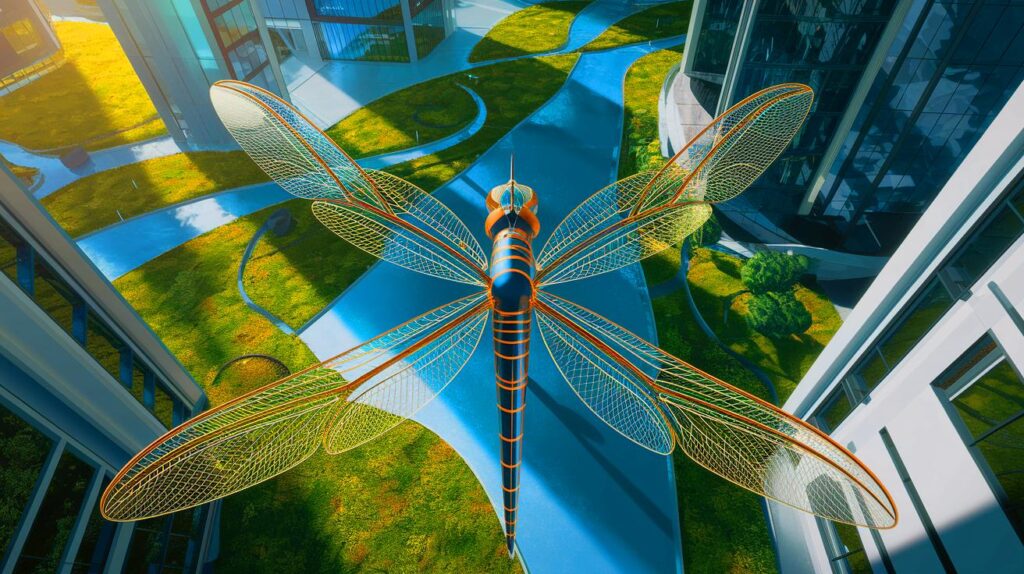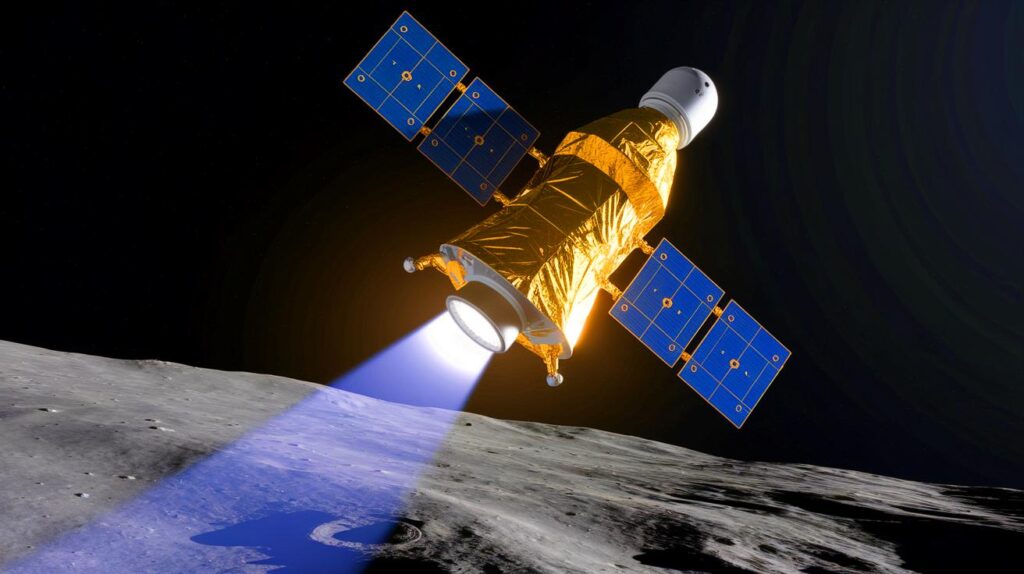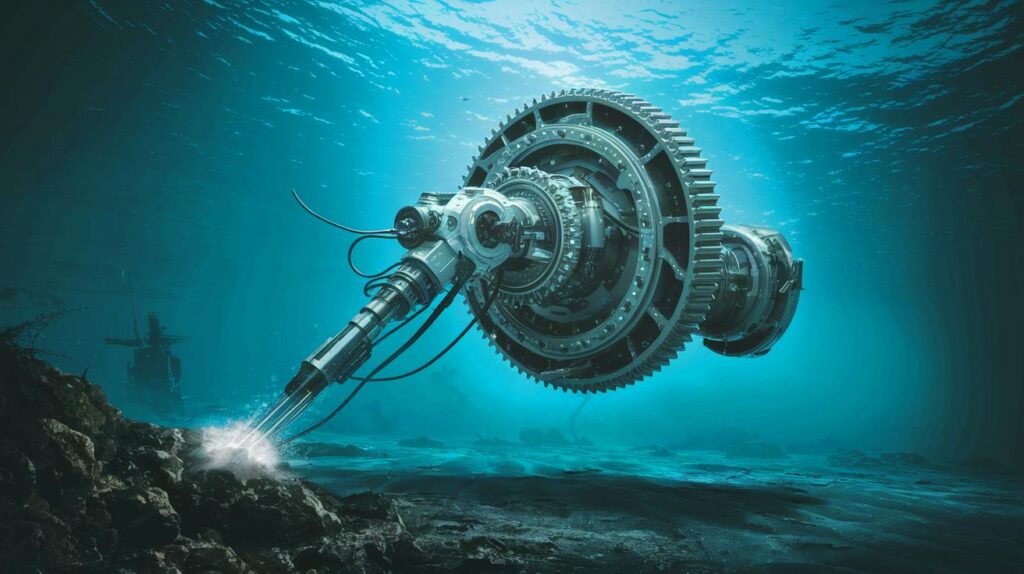| IN BRIEF |
|
Renewable energy is on the brink of a major revolution thanks to the innovations of Renzo Piano and ENEL Green Power. Their latest creation, the Dragonfly Turbine, promises to change the way we capture wind energy. Inspired by the graceful flight of dragonflies, this turbine blends form and function harmoniously. In this article, we will explore how this innovation is set to shape the renewable energy landscape, especially in urban environments where integration and aesthetics are crucial.
Nature-Inspired Innovation
The Dragonfly Turbine, conceived by renowned architect Renzo Piano, marks a significant leap forward in renewable energy technology. Unlike traditional wind turbines, which feature three large blades, the Dragonfly Turbine employs two integrated blades that seamlessly blend into the landscape when at rest. Utilizing innovative materials like polycarbonate and lightweight carbon, this design enables the turbine to capture wind energy at speeds as low as 2 meters per second. This approach ensures quieter and more efficient energy production, even in light wind conditions.
By mimicking the flight dynamics of dragonflies, the turbine enhances wind capture efficiency and stability, making it an ideal solution for urban settings. Its compact and ecological design minimizes visual and environmental impact, establishing a new standard for renewable energy solutions that are both effective and aesthetically pleasing.
Urban Integration and Environmental Harmony
Despite its impressive diameter of 16 meters, the Dragonfly Turbine is designed to blend seamlessly into urban landscapes. Standing at 20 meters tall with a slender mast measuring just 35 centimeters in diameter, this turbine combines pleasant aesthetics with maximum functionality, all while minimizing visual footprint. It is an ideal solution for cities where space is limited, and visual impact is a concern.
Moreover, the turbine’s low visual footprint addresses one of the major issues faced by traditional turbines: community resistance. By integrating smoothly into natural and built environments, this turbine promotes a more harmonious approach to implementing renewable energy, reducing conflicts and fostering sustainable urban development.
Unlocking the Power of Innovation
The design of the Dragonfly Turbine is not only about aesthetics; it aims to deliver optimized performance. By drawing inspiration from dragonfly flight dynamics, the turbine stabilizes and maximizes wind capture efficiency, even in low-wind conditions. This innovation enables a consistent and reliable energy output, crucial for meeting the energy needs of urban areas where larger turbines are not feasible.
In tests, the prototype demonstrated its potential by producing 1241.02 kWh over two months. This impressive output showcases the turbine’s capacity to make a significant contribution to the power grid, providing valuable resources for both small businesses and individual households. Its compact design and ability to generate electricity from low wind speeds make it a viable solution for more accessible energy distribution.
Mass Production and Market Potential
The Dragonfly Turbine is poised to make a significant impact on the Italian energy market, with plans for mass production underway. By targeting densely populated areas, this technology aims to address the challenges of renewable energy supply and mitigate the intermittency issues often associated with wind energy.
This strategy could provide the necessary boost to the renewable energy sector in Italy, paving the way for widespread adoption of this innovative technology. As the Dragonfly Turbine becomes a cornerstone of urban energy solutions, it sets the stage for a future where renewable energy is more accessible and efficient than ever.
The Dragonfly Turbine transcends mere technological advancement; it embodies hope for sustainable urban development. By integrating seamlessly into urban landscapes and offering effective energy solutions, it establishes a new standard for renewable energy technologies. As we look to the future, the question remains: how will other cities around the world embrace this innovative approach to sustainable energy?







